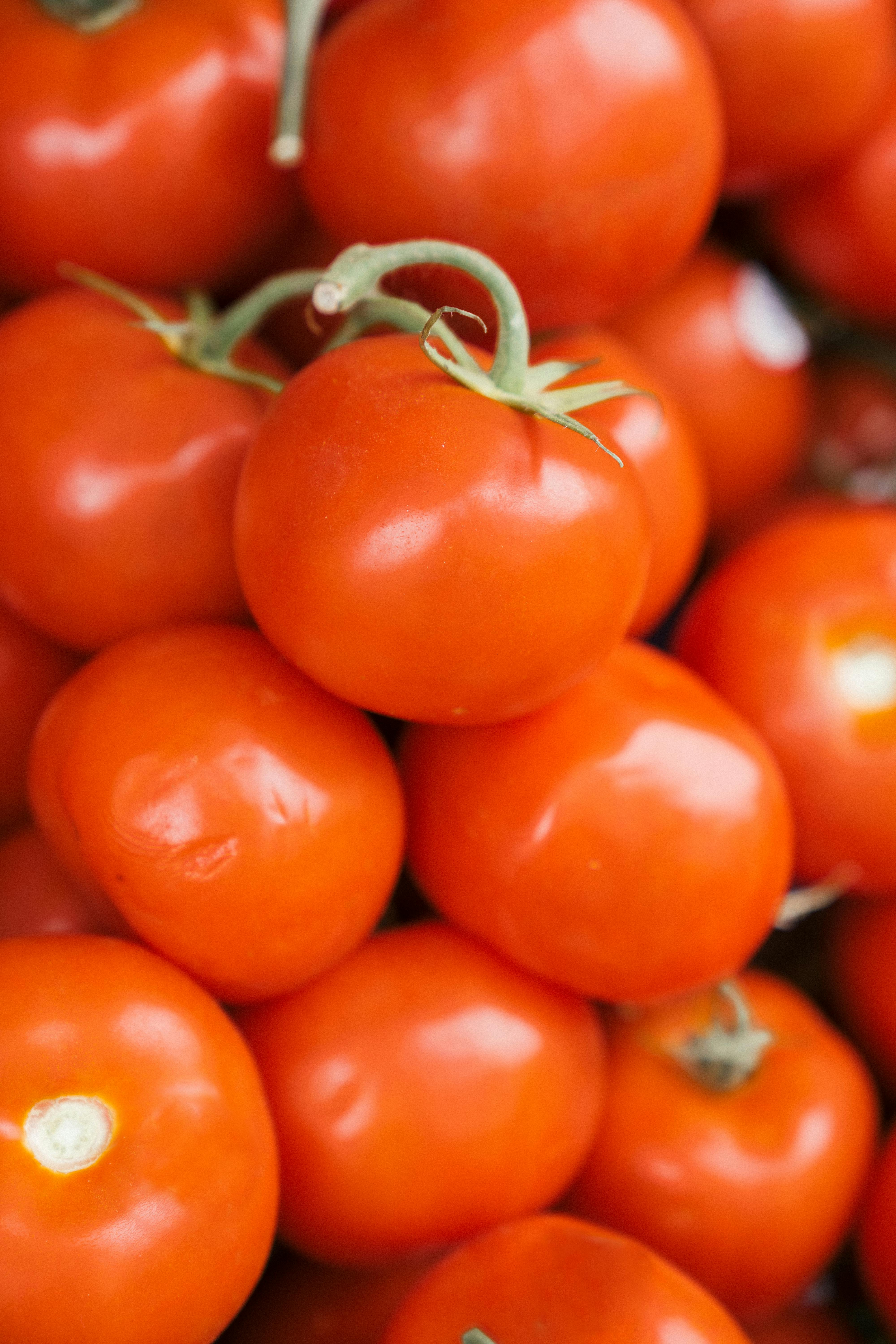
Essential Guide to Cooking Pork Butt in the Oven
Cooking pork butt in the oven is an art that balances time, temperature, and technique to bring out maximum flavor and tenderness. Often recognized as a favored cut for its versatility and rich taste, pork butt offers delicious results whether roasted, braised, or turned into pulled pork. This guide aims to provide you with essential methods and tips for perfectly cooking pork butt in the oven while addressing the common questions regarding cooking times, temperatures, and preparation methods.
Many families appreciate the convenience and ease of preparation this cut of meat provides. Whether you are planning a family feast or a casual gathering with friends, understanding how to cook pork butt can elevate your meals and create unforgettable culinary experiences. In this article, you will learn about the necessary steps in preparing pork butt, ideal cooking times, techniques to ensure tenderness, and flavorful marinades.
Stay tuned as we delve into each of these aspects and also provide you with delicious serving suggestions. Here are the key takeaways:
- Understanding pork butt cooking guidelines and temperature settings.
- Tips for achieving flavorful and tender pork butt.
- The importance of resting pork butt after cooking for optimal flavor.
Essential Tips for Preparing Pork Butt for Oven Cooking
Preparing pork butt for the oven begins with understanding the cut itself. Pork butt, also known as Boston butt, is a well-marbled cut of pork from the shoulder area that turns tender when cooked slowly. The preparation process involves several key steps that contribute to maximizing flavor and tenderness.
The Importance of Marinating Pork Butt
Marinating pork butt enhances its flavor profile and contributes to the tenderness. You can use a variety of marinades, from simple salt and pepper to more complex blends like a homemade barbecue sauce or a pork cajun rub. For best results, marinate the pork butt for at least a few hours or overnight.
Trimming and Seasoning Pork Butt
Trim any excess fat cap while retaining enough to keep the meat moist. Season generously with salt, pepper, and your preferred spices to impart flavor. Popular seasonings include garlic powder, onion powder, and smoked paprika.
Preparing Your Oven
Set your oven to a low temperature, generally around 225°F to 250°F. This low and slow cooking method is essential for breaking down the connective tissues in the pork butt, resulting in a more tender final product.
With the preparation steps in place, we can now transition to exploring the cooking methods that will produce irresistibly succulent pork butt.
Cooking Pork Butt Low and Slow: The Best Methods
As with any meat, the method you choose for cooking pork butt significantly affects the final texture and flavor. Low and slow is the king of all methods when it comes to cooking pork butt, ensuring the meat becomes tender without drying out.
Oven Roasting: Step-by-Step Process
To properly roast pork butt in the oven, preheat your oven to the ideal temperature of 225°F. After seasoning, place the pork butt in a roasting pan and cover with foil. This not only helps to retain moisture but also promotes even cooking. Ensure it cooks for an approximate time of 1.5 to 2 hours per pound. Use a thermometer to monitor the internal temperature, aiming for 190°F to 205°F for pull-apart tenderness.
Baking Pork Butt in Foil: Advantages
Wrapping your pork butt in foil locks in moisture and helps prevent overcooking. It allows for steam circulation, leading to an evenly cooked, moist piece of meat. If you are looking for crispy edges, remove the foil in the last hour of cooking to allow the outer layer to crisp up.
Oven-Braised Pork Butt: A Flavorful Alternative
Braising is another excellent method, where you start by searing the pork butt in a hot pan, then transferring it to the oven with a bit of liquid (like apple cider or broth) to slowly cook. This method adds an intense depth of flavor and ensures the meat is dripping with juiciness while cooking.

Pork Butt Cooking Time and Temperature Guidelines
Having a reliable cooking time and temperature guideline assists in the perfect execution of your pork butt recipe. Understanding how long to cook pork butt in the oven will eliminate uncertainties and help you achieve optimal doneness.
How Long to Cook Pork Butt in Oven
A general rule of thumb for determining pork butt cooking time is 1.5 hours per pound at 225°F. Therefore, a 6-pound pork butt would take approximately 9 hours. However, individual ovens may vary, so always check the internal temperature.
Pork Butt Cooking Time Calculator
Utilizing a pork butt oven cook time calculator can simplify the timing aspect. Inputting the weight and desired cooking temperature gives you a more precise estimate, optimizing your cooking process.
Using a Meat Thermometer
A meat thermometer is vital for ensuring food safety and achieving the ideal doneness. Aim for an internal temperature of 190°F to 205°F. This range is where the meat transitions into perfect shreddable tenderness. Avoid relying solely on cooking time; always check temperatures for accuracy.
After mastering cooking times and methods, it is time to explore the nuances of achieving that coveted tender texture for your pork butt.
Tips for Achieving Tender Pork Butt
Tender pork butt is the result of the right combination of cooking techniques, time, and care. Reducing the chances of overcooked or dry meat is essential for impressive results.
Resting Pork Butt After Cooking
Allowing the pork butt to rest after cooking allows the juices to redistribute for enhanced flavor. Cover it with foil and let it rest for at least 30 minutes before slicing or shredding.
How to Tell When Pork Butt is Done
The best indicators are visual cues and internal temperature. Intrusion with a fork or knife should require minimal resistance, and a thermometer should read between 190°F and 205°F for perfect doneness. Remember, these factors contribute to a successful cook.
Pork Butt Cooking Tips for Moisture
To retain moisture during cooking, use a well-seasoned rub and consider adding a liquid component like apple cider or broth to the roasting pan. Basting the meat every couple of hours can also enhance flavor and moisture level.

Serving Suggestions and Variations for Oven Cooked Pork Butt
Pork butt offers endless delicious possibilities for serving, whether as a centerpiece or complemented by sides. Exploring various serving methods enhances the culinary experience of your pork dish.
Making Pork Butt Sandwiches
Pulled pork sandwiches are classic and beloved. After cooking, shred the pork butt, mix it with your favorite barbecue sauce, and serve on soft buns. Add coleslaw for a crunchy texture and additional flavor.
Best Side Dishes with Pork Butt
When serving pork butt, consider pairing it with sides such as roasted vegetables, cornbread, or potato salad. These choices add wholesome flavors and textures that complement the richness of the pork.
Recipes Using Pork Butt Leftovers
Leftover pork butt can be transformed into many dishes. Try incorporating it into tacos, chili, or pasta dishes for a delightful meal variation. It's a wonderful way to repurpose flavors from your original recipe.
Frequently Asked Questions about Cooking Pork Butt
How long should I cook pork butt?
The general guideline is 1.5 hours per pound at 225°F. Adjust according to your specific needs and weight.
What is the best cooking time for pork butt?
The optimal cooking time varies; however, most methods recommend a range of 9 to 10 hours for a 6-pound butt at lower temperatures.
What should I serve with pork butt?
Consider classic side dishes such as macaroni and cheese, coleslaw, or baked beans for a hearty meal.
How can I ensure pork butt tenderness?
Cook low and slow while using a thermometer to monitor internal temperatures. Marinades also help flavor and tenderness.
What can I do with leftover pork butt?
Leftovers can be utilized in tacos, salads, or soups for varied and delicious meals.